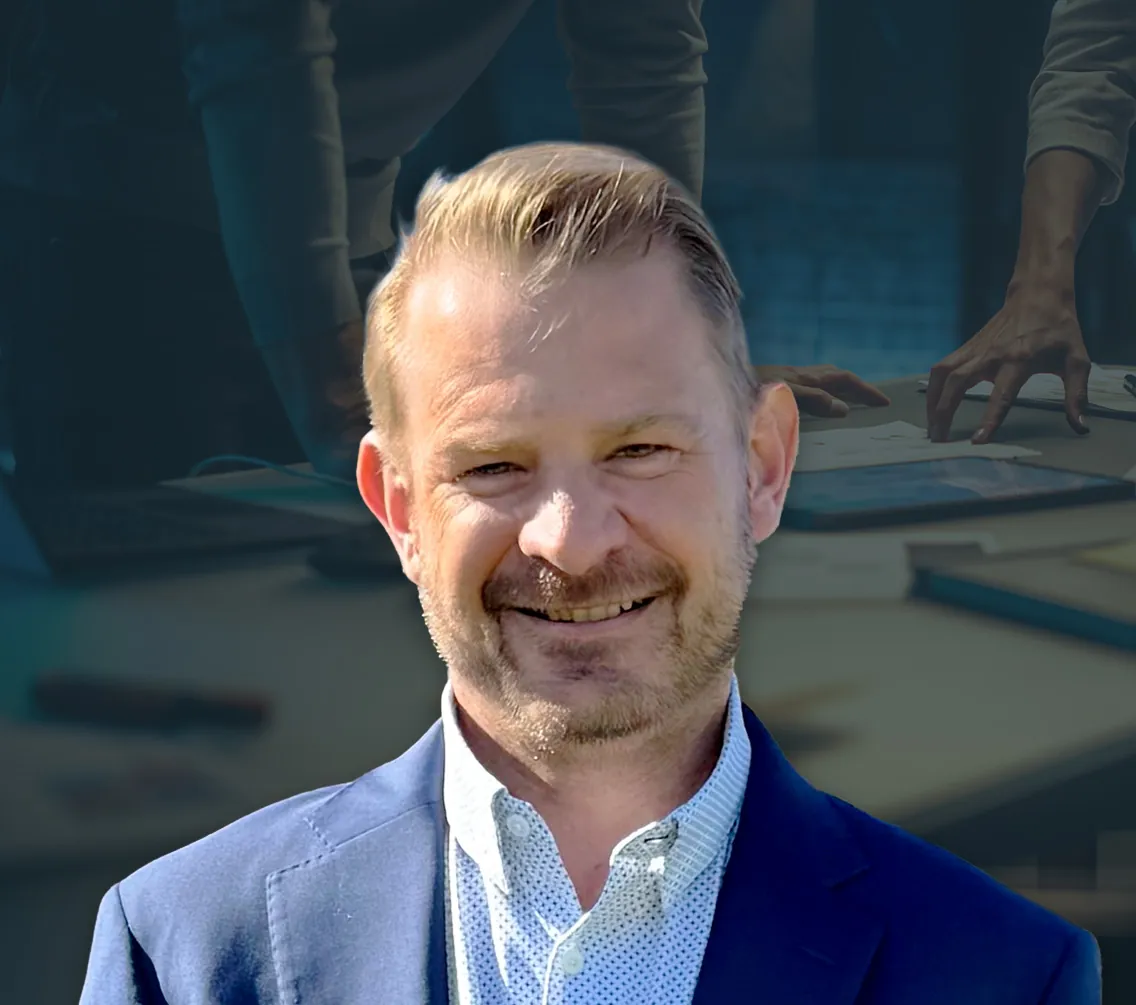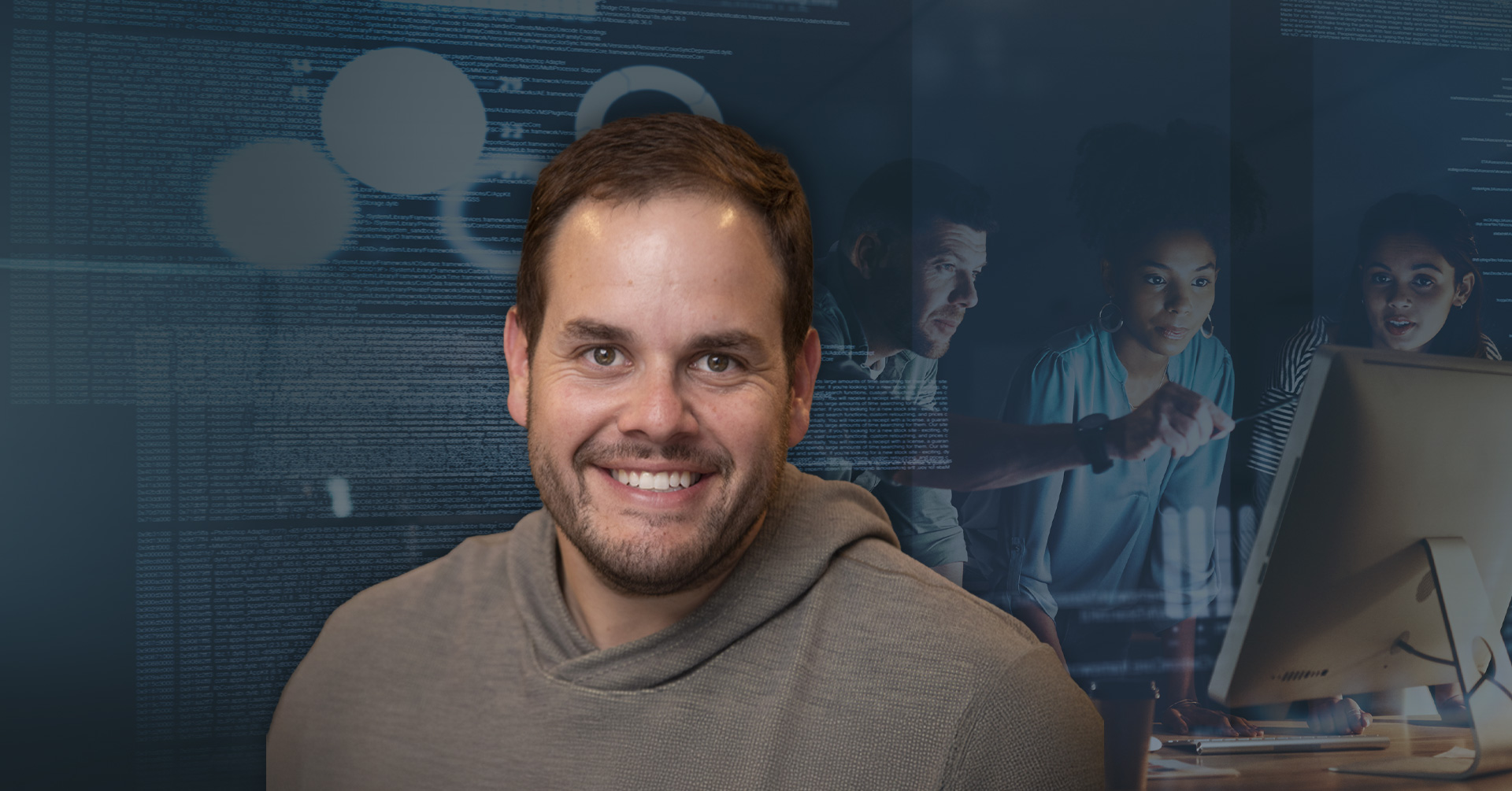Creating a Workplace Culture That Prioritizes Mental Health
Content Warning: This episode includes sensitive information about mental health conditions and suicide, including risk factors and warning signs, which may elicit an emotional response in some listeners. If you need support at any time, please call or text the National Suicide Prevention Lifeline at 988.
September is National Suicide Prevention Month. To learn more, we spoke with Maggie Mortali, Senior Program Director at the American Foundation for Suicide Prevention (AFSP), about the importance of mental health and suicide prevention programming in the workplace. Maggie shares why businesses play a critical role in mental health and how they can set the tone for the well-being of our workforce.
We discuss:
- How mental health and suicide prevention education creates a stronger workforce
- Risk factors or warning signs that could indicate an employee needs help
- Guidance on how to incorporate suicide prevention programming into your Employee Assistance Program (EAP)
- Mental health resources available to all organizations
Check out AFSP’s events and initiatives supporting National Suicide Prevention Day, Week, and Month.
Connect with Maggie on Twitter.
The Employee Safety Podcast is hosted by Peter Steinfeld, SVP of Safety Solutions at AlertMedia.
You can find this interview and many more by subscribing to The Employee Safety Podcast on Apple Podcasts, Spotify, or here.

More Episodes You May Be Interested In
-
 Tips for Improving Your Business Recovery Efforts
Tips for Improving Your Business Recovery EffortsBusiness recovery plans succeed when they include two crucial components: a prioritized list of operations to restore first and strategies for setting recovery expectations well in advance of an incident. In this episode, Kye Kolar, Business Continuity Manager at Dimensional Fund Advisors, explains why post-incident recovery depends more on empowered employees than on static documents…
-
 A Leader’s Guide to Building Organizational Resilience
A Leader’s Guide to Building Organizational ResilienceLeadership can play a crucial role in fostering resilience by including employees in important decisions that directly impact their roles. In this episode, organizational resilience expert Dr. Atyia Martin explains why inclusion is critical and provides additional advice for leaders on how to avoid or repair internal dynamics that can hinder resilience. Dr. Martin also introduces…
-
 Trends Defining the Future of Enterprise Security Risk Management
Trends Defining the Future of Enterprise Security Risk ManagementCorporate security risks are evolving in ways that demand new mitigation strategies. Ryan Schonfeld, Co-Founder and CEO of HiveWatch, an AI-driven physical security software platform, draws on his background in law enforcement and global enterprise security to offer a new perspective on how organizations can better manage today’s challenges. From the increasing risk and reach…




